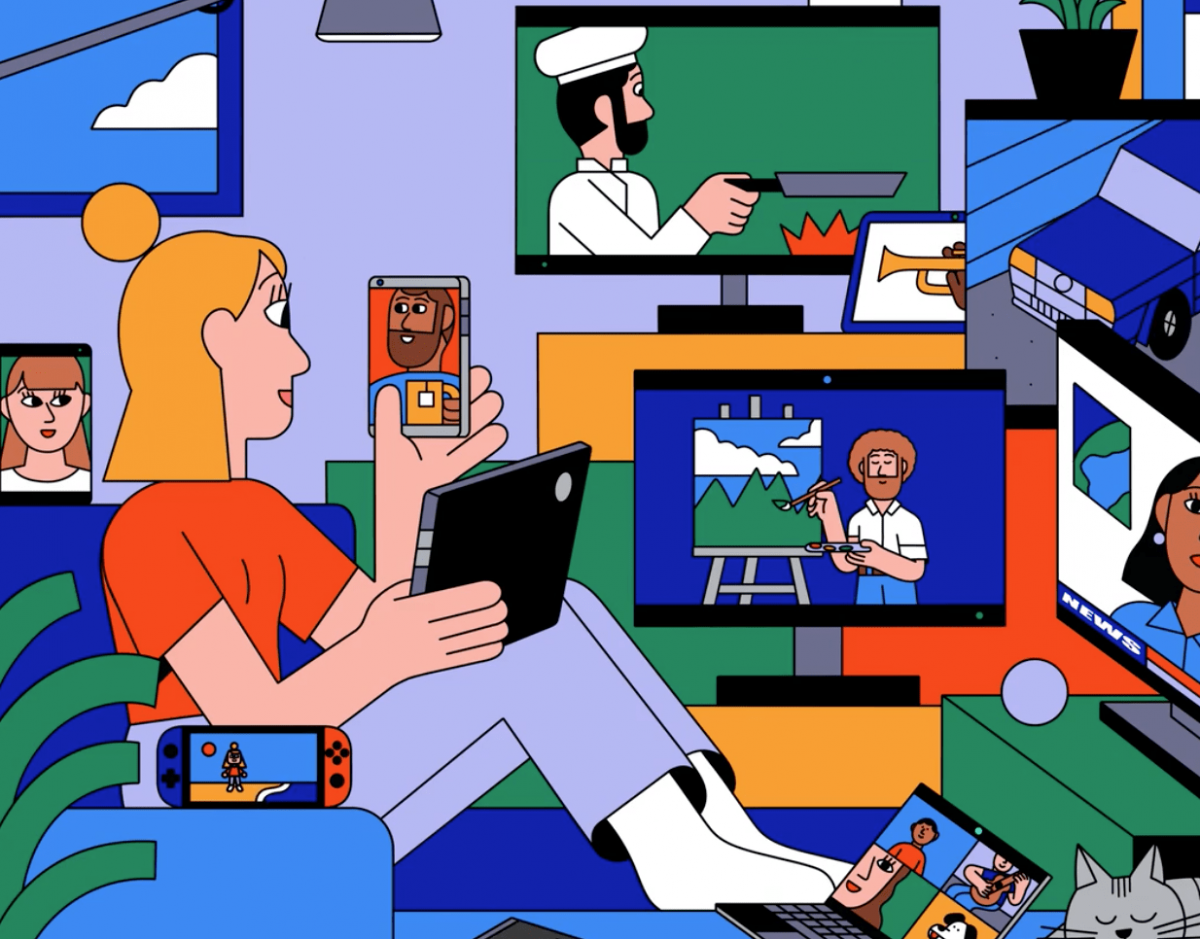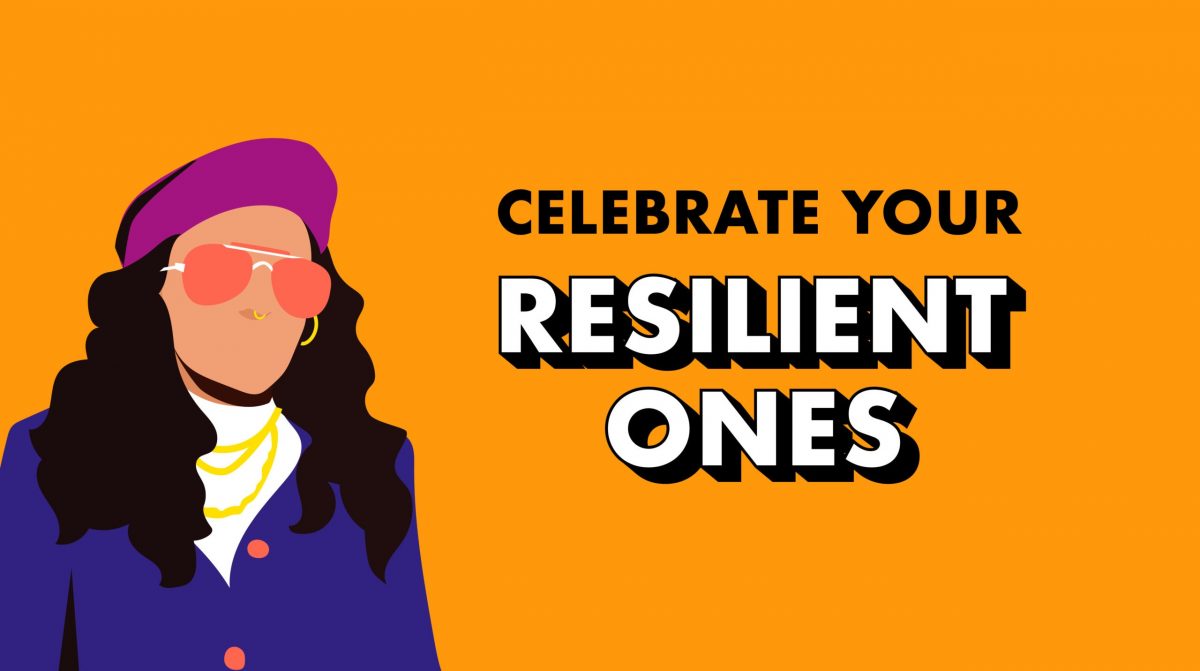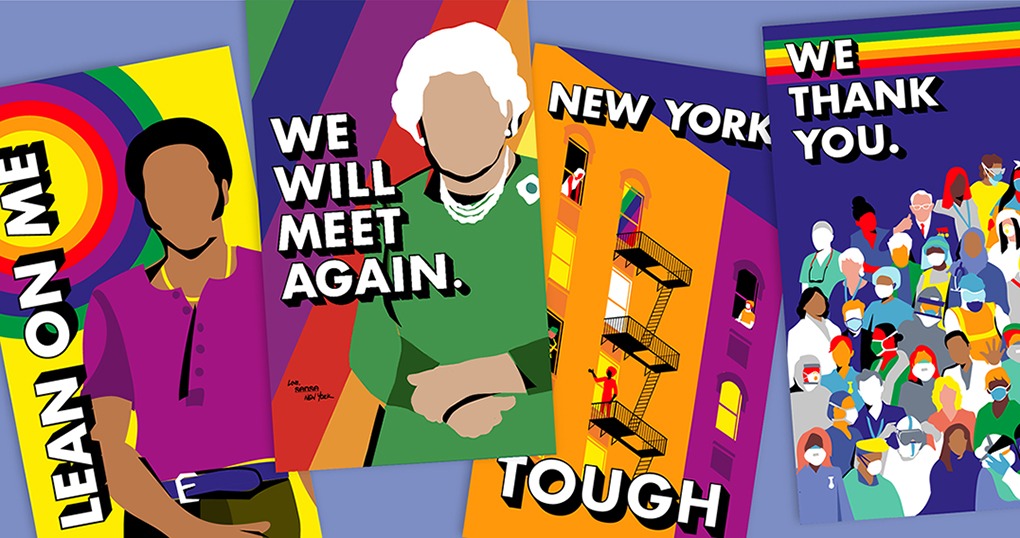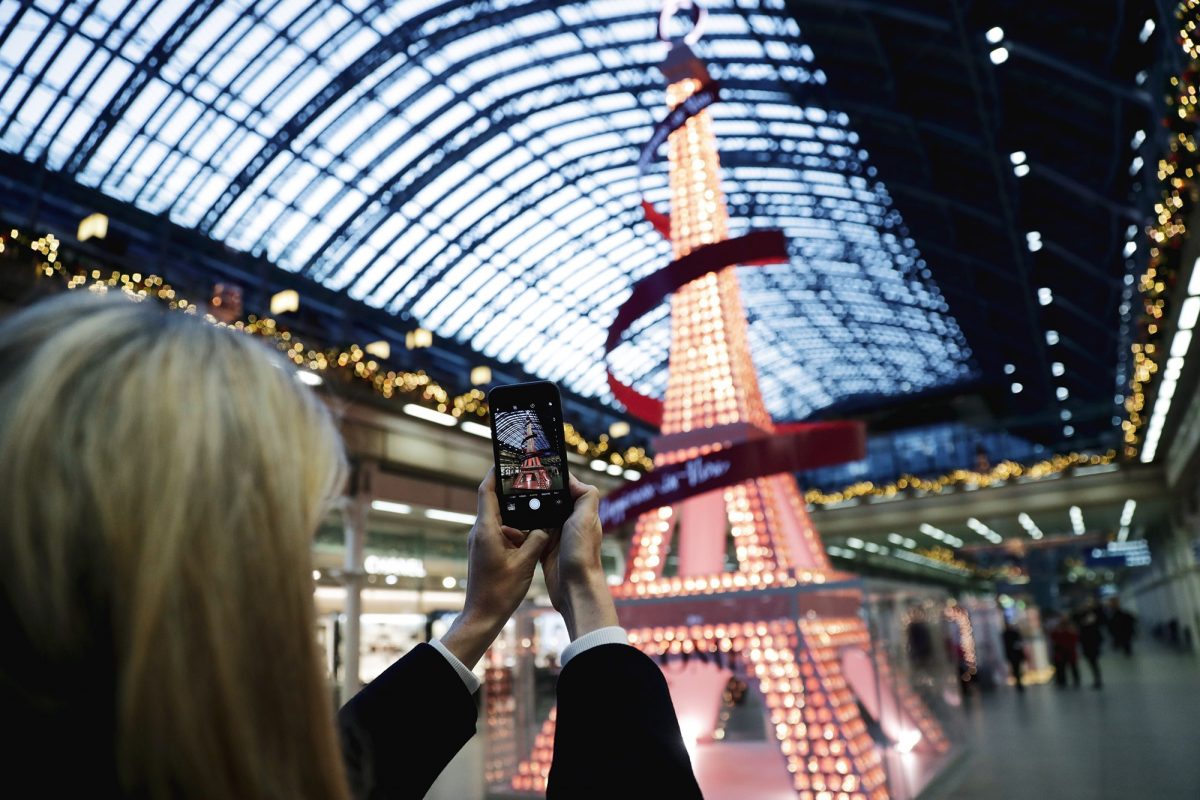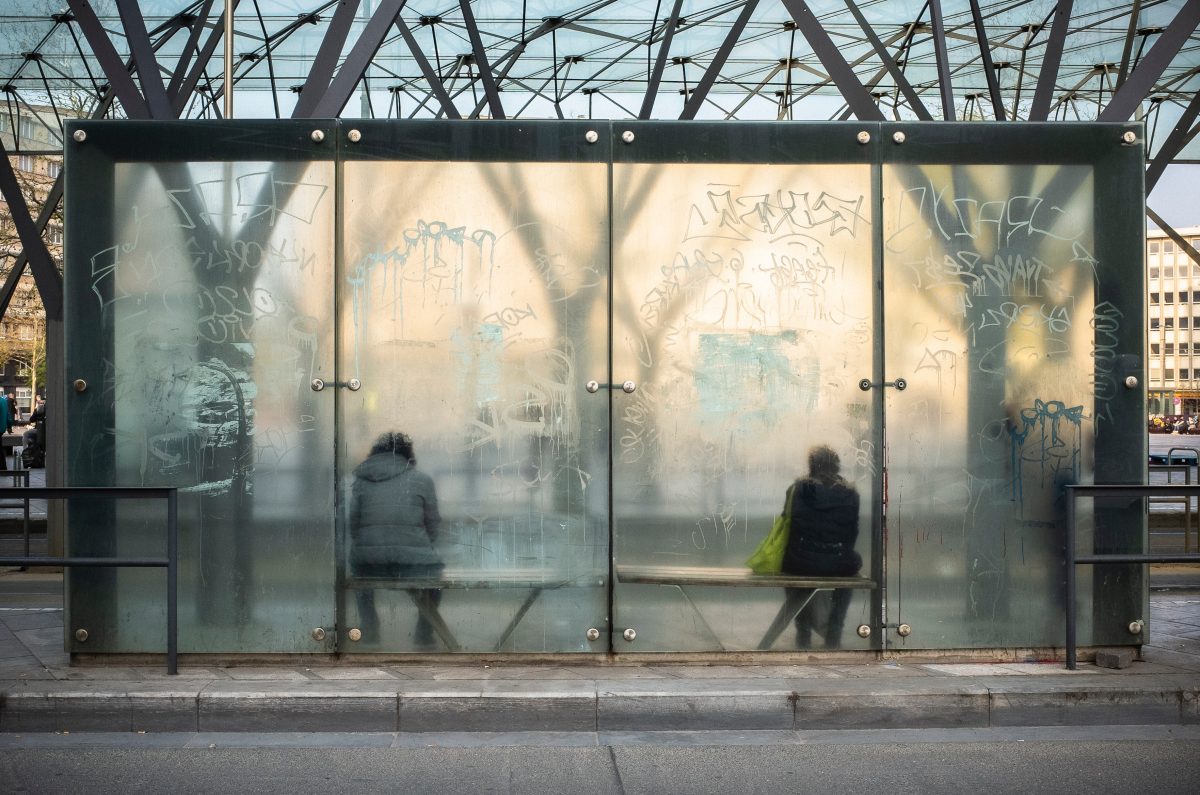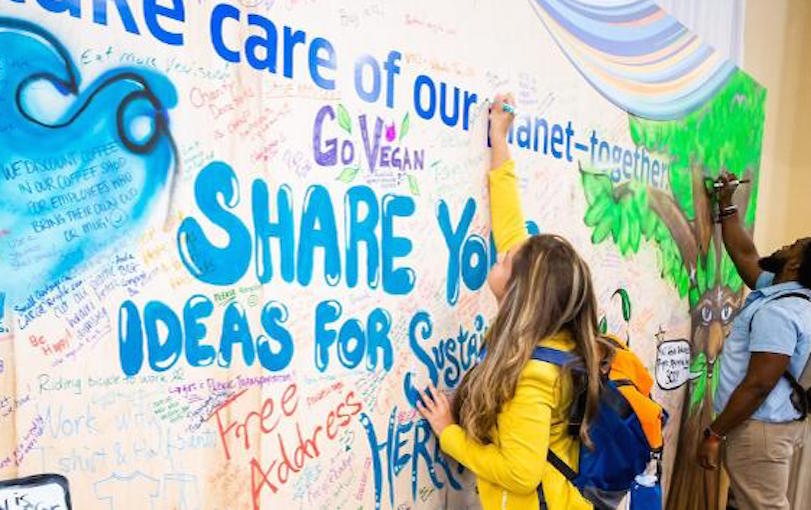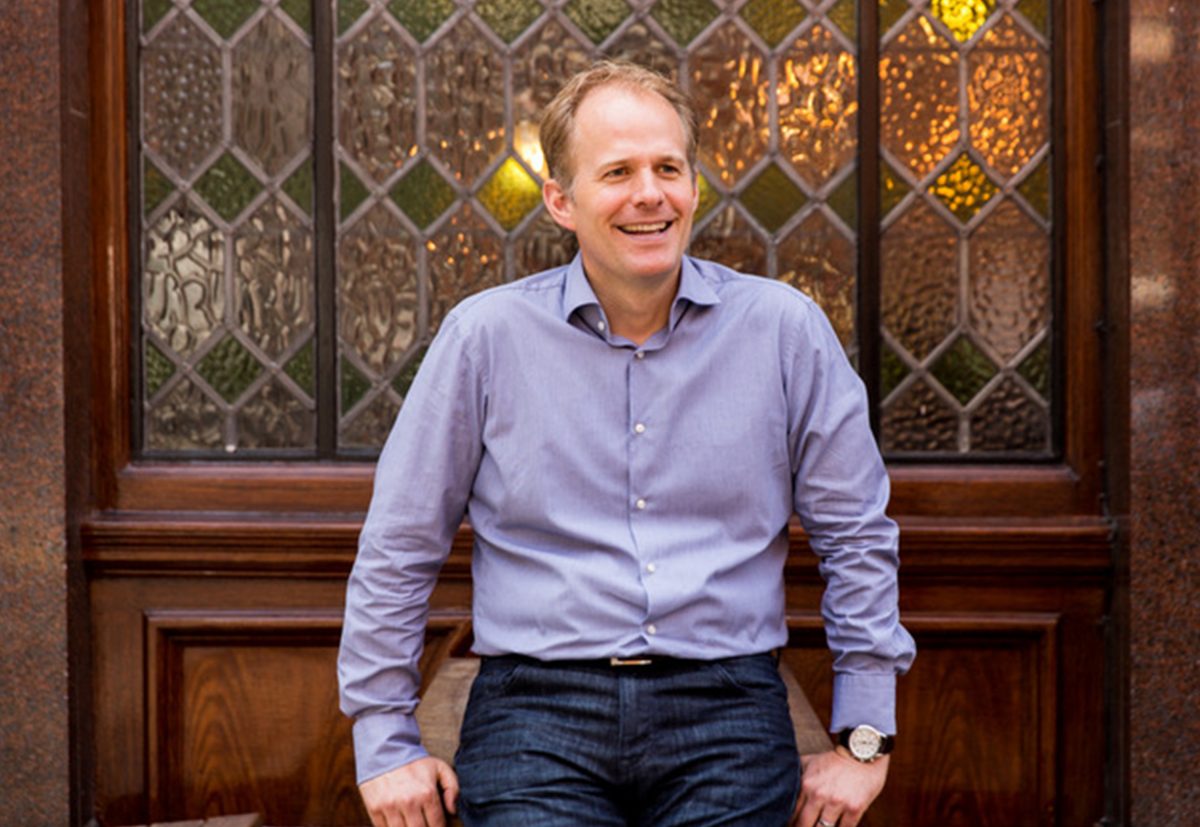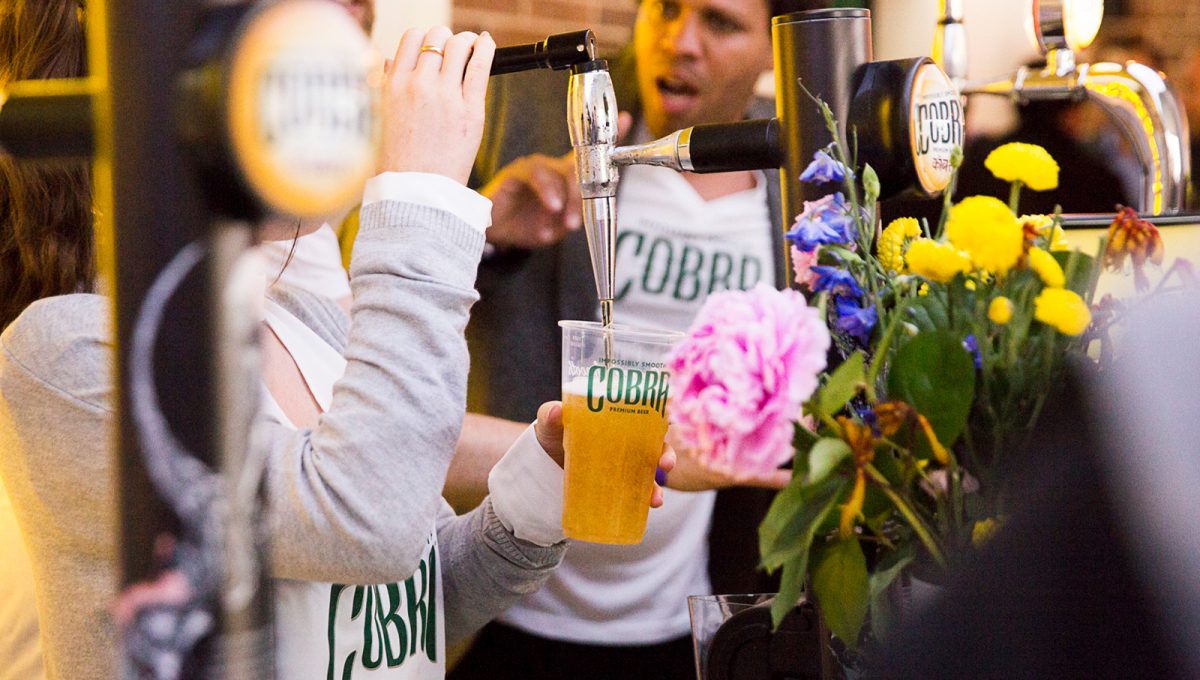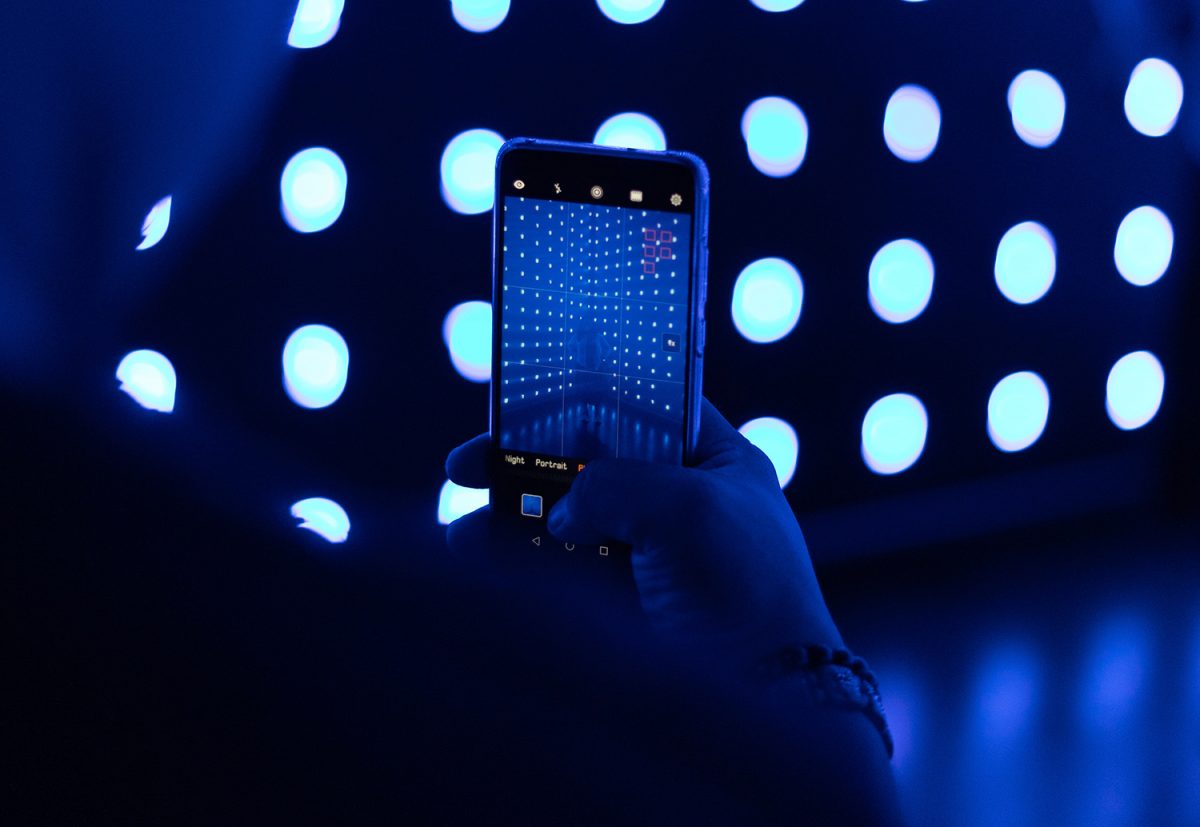Before the coronavirus outbreak, Millennials were increasingly abiding by the trendy advice that excessive “screen time” was as bad as smoking, but for your brain. However, just days into quarantine, our devices became portals to employment, virtual experiences, and education, and a lifeline to (often reluctantly) staying connected to the in-laws, ordering toilet roll in droves, maintaining our manes on YouTube, and enjoying some escapism in the form of channeling our anxieties into memes. Screen time went from sin to survival tool.
People have self-reported being glued to screens 30-70% more. Kids’ screen time is up by 50%. Gaming is up by 75%. Zoom has become a household verb. Dancing grannies have gone viral on TikTok. Things got weird on Houseparty. It’s safe to say that Coronavirus ended the screen-time debate. Screens won, for now at least.
Virtual experiences
With the social distancing rules came the surge in virtual experiences and events. Perhaps one of the most notable of all being the Travis Scott Fortnite concert, which was lauded by many as “surreal and spectacular”. Conversely, a writer for The Rolling Stones described it as “a full on sensory assault” that “felt like marketing”, with Travis himself depicted as a “giant capitalist”. Regardless of which side you’re on, there’s no denying that attracting over 12 million viewers is impressive – and that virtual experiences can be a powerful and effective means of brand connection with audiences, especially when interactivity lies at the heart.
Now, months into the pandemic, screen fatigue is setting in. Our attention spans are waning rapidly after enduring a number of decidedly mediocre online ‘experiences’. We’ve given up on Zoom happy hours and quizzes with friends we haven’t seen since college. We’re running out of shows to binge on Netflix, HBO, Hulu and any other streaming platforms we can feast our (increasingly rather tired) eyes on. Not to mention the damage that the blue light is doing to our sleep patterns. Then there’s the newfound ability to nail the Hunchback of Notre Damn impersonation after weeks of incessant videocalls.
As the Screen Time app abruptly reminds us of the staggering number of hours we have spent surgically attached to our devices, many of us have been dusting off old vinyl, writing letters to friends, keeping journals, baking banana bread, digging out board games and swapping books with neighbors. All the result of a craving for some kind of tactile physical experience that a predominantly digital world cannot deliver, which has also driven the increased consumption of newspapers and magazines. This shift represents the resurrection of human emotion and value, which is needed now more than ever, reflected in a new 30-second ad from Mars Wrigley’s Extra Gum, which seeks to celebrate the connections that occur offline.
As we’ve seen in reams of research pre-pandemic, Millennials in particular (who have a projected spending power of $1.4 trillion in the US alone) have been in search of analog for some time, which has helped drive the experience economy. A study by Harris Group found that 72% of this powerful demographic would rather open up their wallets based on experiences than spend on material items – one of the very few ‘nice’ stereotypes attributed to this vilified group (full disclosure: I’m one of them). Cue the excessive use of ball pits, morning raves, “Instagram museums” built for the selfie obsessed and the notion that, if you didn’t it post on social, it didn’t really happen. As a result, in recent years, we’ve witnessed an influx of experiences that arguably prioritized social over the real world, which have frequently led to creating purgatory, not pleasure!
On the contrary, there’s also been a reaction against the always-on digital lifestyle through a wave of neo-luddism – the philosophy that opposes modern technology, due to the psychological cost of constant checking and swiping, the fear of data misuse, political polarization and so on. This has resulted in young people quitting social media platforms in their droves, with Facebook being the worst hit. We’ve seen the launch of Yondr (pouches to help organisers keep people off their phones at events), hugely successful You Had To Be There parties in the US and Unplugged Festivals in the UK (banning phones), and Bashful (an app that locks you out of your smartphone at set times) – just to name a few examples.
So, with this in mind, how can brands walk the tightrope of analog and digital, and deliver unforgettable brand experiences during a pandemic? How can they adapt the brand experience strategy to fulfil the consumer need for something tangible and more meaningful, while maximizing digital in a genuinely helpful way?
A pandemic playbook for marketers doesn’t exist, but there are some key pieces of advice to take on board for virtual experiences:
Think idea first, media second
Now that we’re slowly moving into a ‘new normal’ phase, there’s no excuse for vanilla. We can learn a lot from Burger King’s global CMO Fernando Machado who is “100% focused on the idea” – and doesn’t get caught up in the channel. Machado and his team have been delivering some of the most award-winning brand experiences over the past three to four years, combining analog and digital, and proving this approach is a winner.
Ask heretical questions about your brand
Questions that jolt preconceptions and spark healthy debate, to develop strategies and creative ideas that will thrive in the outside world. It’s what led to Trojan’s ‘Rising Time’ cookbook, which was designed to spark passion during lockdown. A physical book which played into certain lockdown habits (encouraging those that were notably missing, cue the ‘Rye’d That D’ recipe) – generating a huge amount of press and traction online.
Humanize your brand and exercise empathy
A smart example of brands keeping it real is the Babe Wine and Bumble collaboration, which together created a real life ‘moving company’ to save people from living with their ex during the pandemic. They’ve even managed to land a touch of humor and avoided the hugely overused and frequently insincere ‘we’re in it together’ trope.
Practice reciprocity
Heineken’s latest ‘Stadium in a Box’ contest brings the sports venue to your home, with a replica seat, a Heineken beer fridge and a gift certificate for game day eats. Generosity in the form of physical items and experiences will go a long way in creating FOMO-fueled experiences, especially when combined with digital to maximize reach.
Think beyond eyeballs and impressions
A digital ad is counted as a view when just 50% of its area is visible on the screen for at least two seconds. When this is coupled with the fact that, according to WFA, 10-30% of global digital ad spend is wasted on fraud, it pays to think user engagement and experience first.
Analog and digital are not concepts that should be considered in a dichotomized way
Some of the best brand experiences demonstrate that they must and should coexist, especially when they are participatory. No doubt the recent collaboration between Punchdrunk and Pokemon Go will demonstrate this brilliantly.
Tear up the rule book
Let’s make room for fresh and innovative ways to connect with audiences, focusing on being more genuine and authentic than ever before, avoiding tricks and gimmicks that cynical audiences see straight through.
Hayley James is Vice President of global brand experience agency, Sense New York.
This article first appeared in AdWeek.

